
The geometry of the gear in the gear hobbing process is obtained by the synchronised movement between the spindle and the live tool. The limit to manufacture gears in a CMZ CNC lathe is around the hob tool being able to produce the required profile but for occasional machining. Bigger gears require bigger tooth depth and the time required to manufacture them would be too long, as the torque of the machine would not be enough at low rotation of the live tool.
Gear machining on a CNC lathe through hobbing requires a special live toolholder to mount the hob.
Y axis is not mandatory but will allow the use of the whole length of the tool as once it is worn it can be shifted to machine in a different Y position.
Gear hobbing allows both machining straight and helical gears as well as splines. Gear hobbing is limited to external machining.
This document will guide you through all the basic gear parameters and the cycles required to machine gears on any of our Lathes CNC.
Discover all the programming tips with this free downloadable
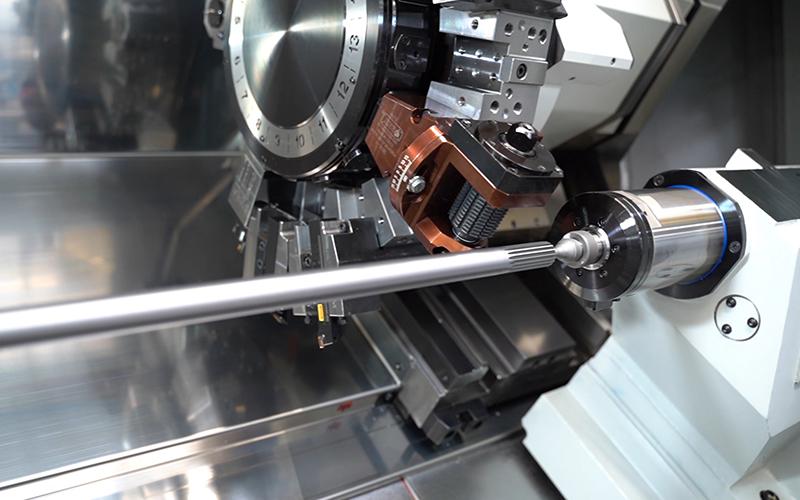
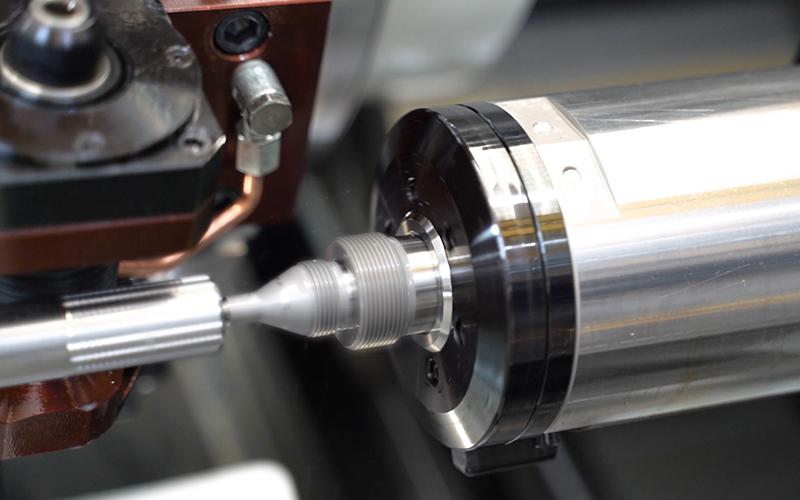
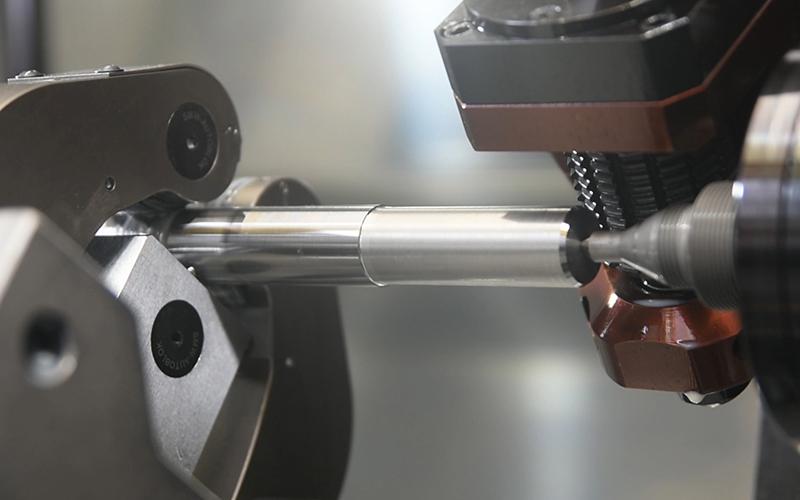
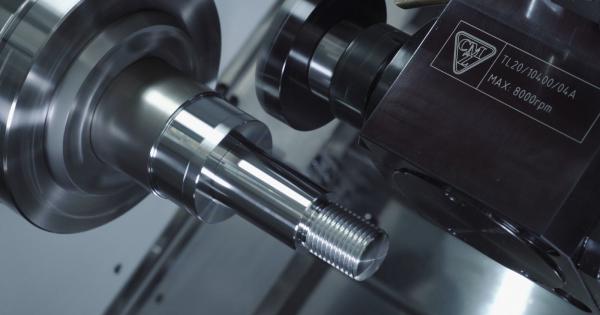
Polygon turning is a process through which flat planes are obtained on the piece through synchronized rotation of the spindle and the live tool. Polygon turning can be performed on our CMZ CNC lathes. It is an alternative process to milling each surface individually. It is more similar to lathing…
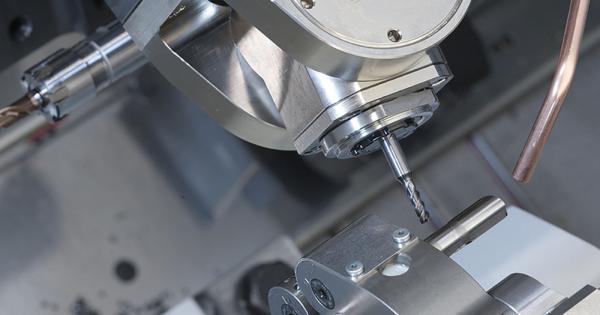
We can often find features in our drawings where an angular machining operation is required. With standard toolholders these features are not achievable because only operations in X and Z directions are possible with standard live toolholders. However, there are some adjustable angle heads in the…
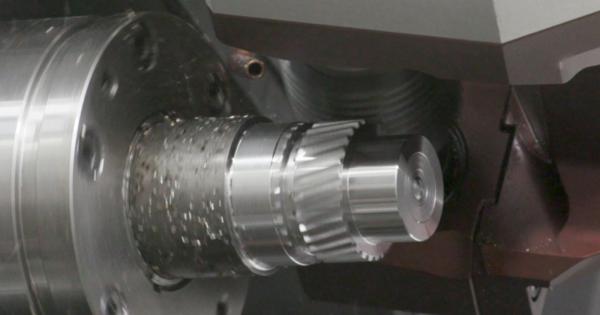
We would like to welcome helical gear hobbing in a CNC lathe and say goodbye to the dead time that occurs when you have to turn and hob on two different machines. The range of possibilities is very broad since we can hob cylindrical gears with both straight and helical teeth. Technical characteristics…
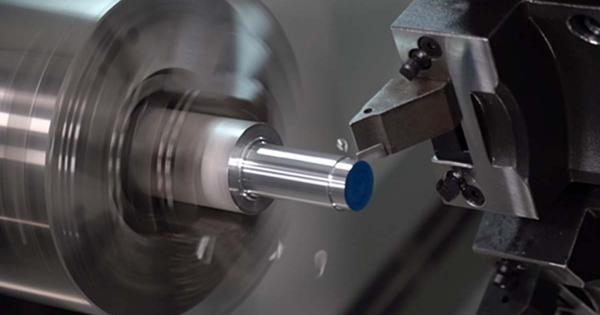
One of the most critical aspects in many machining processes is chip formation. Long and entangled chips are formed mainly in turning operations due to constant cutting conditions. This issue requires changes in the process; such as modifying machining parameters or changing tools to get into a safer…
Our applications department can analyse in detail the process to be carried out and offer you a part study helping you to reduce cycle times.